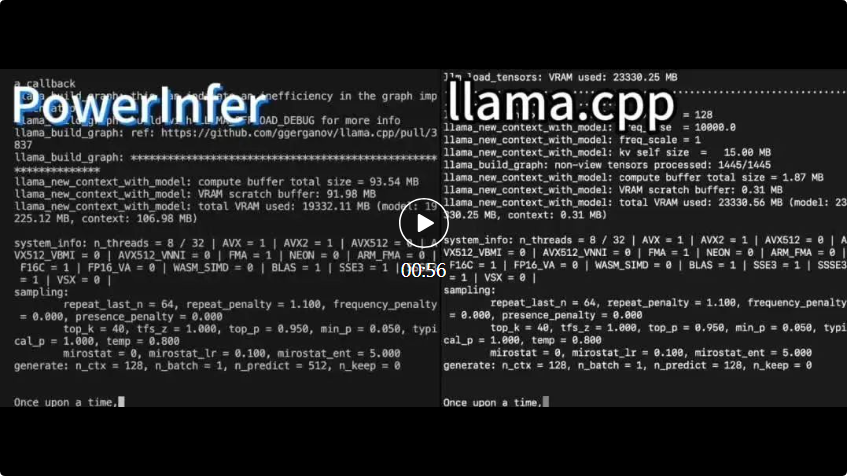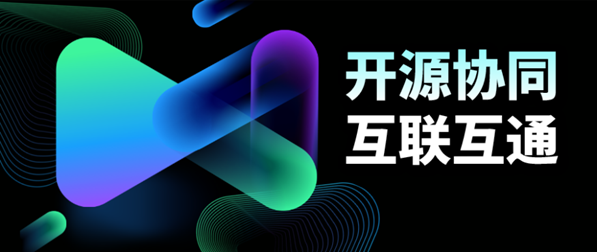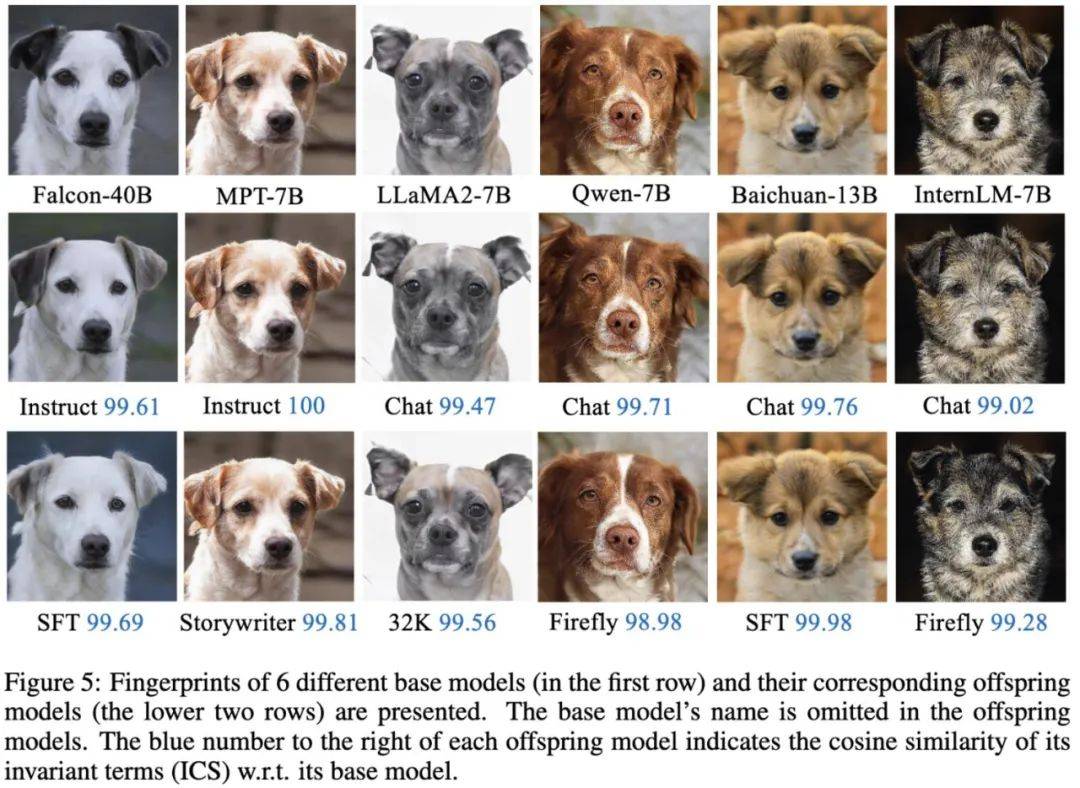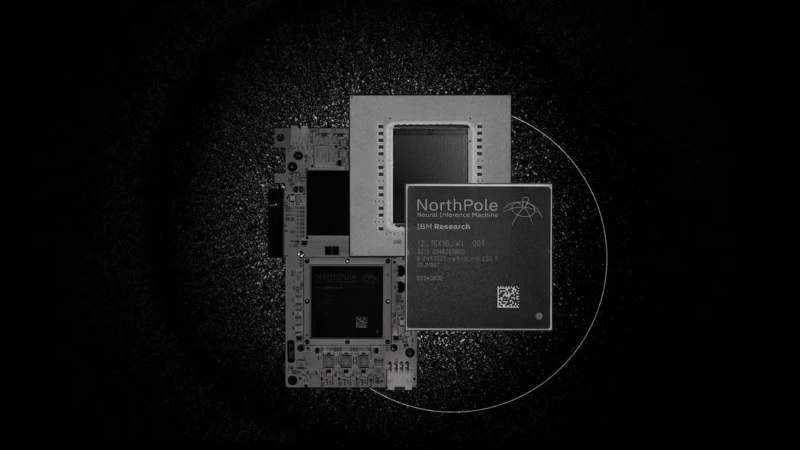 Technology peripherals
Technology peripherals AI
AI ICML 2024 | Gradient checkpointing too slow? Without slowing down and saving video memory, LowMemoryBP greatly improves backpropagation video memory efficiency
ICML 2024 | Gradient checkpointing too slow? Without slowing down and saving video memory, LowMemoryBP greatly improves backpropagation video memory efficiency
The AIxiv column is a column where this site publishes academic and technical content. In the past few years, the AIxiv column of this site has received more than 2,000 reports, covering top laboratories from major universities and companies around the world, effectively promoting academic exchanges and dissemination. If you have excellent work that you want to share, please feel free to contribute or contact us for reporting. Submission email: liyazhou@jiqizhixin.com; zhaoyunfeng@jiqizhixin.com
The first author of this paper is Yang Yuchen, a second-year master's student in the School of Statistics and Data Science of Nankai University, and his advisor is Associate Professor Xu Jun in the School of Statistics and Data Science of Nankai University. The research focus of Professor Xu Jun’s team is computer vision, generative AI and efficient machine learning, and has published many papers in top conferences and journals, with more than 4,700 Google Scholar citations.
Since large-scale Transformer models have gradually become a unified architecture in various fields, fine-tuning has become an important means of applying pre-trained large models to downstream tasks. However, as the size of the model increases day by day, the video memory required for fine-tuning also gradually increases. How to efficiently reduce the fine-tuning video memory has become an important issue. Previously, when fine-tuning the Transformer model, in order to save graphics memory overhead, the usual approach was to use gradient checkpointing (also called activation recalculation) to reduce the time required in the backpropagation (BP) process at the expense of training speed. Activate video memory usage.
Recently, the paper "Reducing Fine-Tuning Memory Overhead by Approximate and Memory-Sharing Backpropagation" published at ICML 2024 by the team of Teacher Xu Jun from the School of Statistics and Data Science of Nankai University proposed that by changing the backpropagation (BP) process, in Without increasing the amount of calculation, the peak activation memory usage is significantly reduced.

Paper: Reducing Fine-Tuning Memory Overhead by Approximate and Memory-Sharing Backpropagation
Paper link: https://arxiv.org/abs/2406.16282
Project link: https:// /github.com/yyyyychen/LowMemoryBP
The article proposes two backpropagation improvement strategies, namely Approximate Backpropagation (Approx-BP) and Memory-Sharing Backpropagation (MS-BP). Approx-BP and MS-BP respectively represent two solutions to improve memory efficiency in backpropagation, which can be collectively referred to as LowMemoryBP. Whether in a theoretical or practical sense, the article provides groundbreaking guidance for more efficient backpropagation training.
In theoretical memory analysis, LowMemoryBP can significantly reduce the activation memory usage from activation functions and normalization layers. Taking ViT and LLaMA as examples, fine-tuning ViT can reduce activation memory by 39.47%, and fine-tuning LLaMA can reduce activation by 29.19%. video memory.

In actual experiments, LowMemoryBP can effectively reduce the peak memory usage of Transformer model fine-tuning including ViT, LLaMA, RoBERTa, BERT, and Swin by 20%~30%, and will not increase the training throughput and Loss of test accuracy.
Approx-BP
In traditional backpropagation training, the backpropagation of the gradient of the activation function strictly corresponds to its derivative function. For the GELU and SiLU functions commonly used in the Transformer model, this means that the input needs to be The feature tensor is completely stored in the active video memory. The author of this article proposed a set of backpropagation approximation theory, namely Approx-BP theory. Guided by this theory, the author uses a piecewise linear function to approximate the activation function, and replaces the backpropagation of the GELU/SiLU gradient with the derivative of the piecewise linear function (step function). This approach leads to two asymmetric memory-efficient activation functions: ReGELU2 and ReSiLU2. This type of activation function uses a 4-stage step function for reverse passback, so that the activation storage only needs to use a 2-bit data type.


MS-BP
BP Each layer of the network usually stores the input tensor into the activation memory for backpropagation calculation. The author points out that if the backpropagation of a certain layer can be rewritten into an output-dependent form, then this layer and the subsequent layer can share the same activation tensor, thus reducing the redundancy of activation storage.
The article points out that LayerNorm and RMSNorm, which are commonly used in Transformer models, can well meet the requirements of the MS-BP strategy after merging affine parameters into the linear layer of the latter layer. The redesigned MS-LayerNorm and MS-RMSNorm no longer generate independent active graphics memory.

Experimental results
The author conducted fine-tuning experiments on several representative models in the fields of computer vision and natural language processing. Among them, in the fine-tuning experiments of ViT, LLaMA and RoBERTa, the method proposed in the article reduced the peak memory usage by 27%, 29% and 21% respectively, without causing any loss in training effect and training speed. Note that the comparison Mesa (an 8-bit Activation Compressed Training method) reduces the training speed by about 20%, while the LowMemoryBP method proposed in the article completely maintains the training speed.



Conclusion and significance
The two BP improvement strategies proposed in the article, Approx-BP and MS-BP, both achieve the activation of video memory while maintaining the training effect and training speed. significant savings. This means that optimizing based on the BP principle is a very promising memory saving solution. In addition, the Approx-BP theory proposed in the article breaks through the optimization framework of traditional neural networks and provides theoretical feasibility for using unpaired derivatives. Its derived ReGELU2 and ReSiLU2 demonstrate the important practical value of this approach.
You are welcome to read the paper or code to understand the details of the algorithm. The relevant modules have been open sourced on the github repository of the LowMemoryBP project.
The above is the detailed content of ICML 2024 | Gradient checkpointing too slow? Without slowing down and saving video memory, LowMemoryBP greatly improves backpropagation video memory efficiency. For more information, please follow other related articles on the PHP Chinese website!
 4090生成器:与A100平台相比,token生成速度仅低于18%,上交推理引擎赢得热议Dec 21, 2023 pm 03:25 PM
4090生成器:与A100平台相比,token生成速度仅低于18%,上交推理引擎赢得热议Dec 21, 2023 pm 03:25 PMPowerInfer提高了在消费级硬件上运行AI的效率上海交大团队最新推出了超强CPU/GPULLM高速推理引擎PowerInfer。PowerInfer和llama.cpp都在相同的硬件上运行,并充分利用了RTX4090上的VRAM。这个推理引擎速度有多快?在单个NVIDIARTX4090GPU上运行LLM,PowerInfer的平均token生成速率为13.20tokens/s,峰值为29.08tokens/s,仅比顶级服务器A100GPU低18%,可适用于各种LLM。PowerInfer与
 思维链CoT进化成思维图GoT,比思维树更优秀的提示工程技术诞生了Sep 05, 2023 pm 05:53 PM
思维链CoT进化成思维图GoT,比思维树更优秀的提示工程技术诞生了Sep 05, 2023 pm 05:53 PM要让大型语言模型(LLM)充分发挥其能力,有效的prompt设计方案是必不可少的,为此甚至出现了promptengineering(提示工程)这一新兴领域。在各种prompt设计方案中,思维链(CoT)凭借其强大的推理能力吸引了许多研究者和用户的眼球,基于其改进的CoT-SC以及更进一步的思维树(ToT)也收获了大量关注。近日,苏黎世联邦理工学院、Cledar和华沙理工大学的一个研究团队提出了更进一步的想法:思维图(GoT)。让思维从链到树到图,为LLM构建推理过程的能力不断得到提升,研究者也通
 复旦NLP团队发布80页大模型Agent综述,一文纵览AI智能体的现状与未来Sep 23, 2023 am 09:01 AM
复旦NLP团队发布80页大模型Agent综述,一文纵览AI智能体的现状与未来Sep 23, 2023 am 09:01 AM近期,复旦大学自然语言处理团队(FudanNLP)推出LLM-basedAgents综述论文,全文长达86页,共有600余篇参考文献!作者们从AIAgent的历史出发,全面梳理了基于大型语言模型的智能代理现状,包括:LLM-basedAgent的背景、构成、应用场景、以及备受关注的代理社会。同时,作者们探讨了Agent相关的前瞻开放问题,对于相关领域的未来发展趋势具有重要价值。论文链接:https://arxiv.org/pdf/2309.07864.pdfLLM-basedAgent论文列表:
 FATE 2.0发布:实现异构联邦学习系统互联Jan 16, 2024 am 11:48 AM
FATE 2.0发布:实现异构联邦学习系统互联Jan 16, 2024 am 11:48 AMFATE2.0全面升级,推动隐私计算联邦学习规模化应用FATE开源平台宣布发布FATE2.0版本,作为全球领先的联邦学习工业级开源框架。此次更新实现了联邦异构系统之间的互联互通,持续增强了隐私计算平台的互联互通能力。这一进展进一步推动了联邦学习与隐私计算规模化应用的发展。FATE2.0以全面互通为设计理念,采用开源方式对应用层、调度、通信、异构计算(算法)四个层面进行改造,实现了系统与系统、系统与算法、算法与算法之间异构互通的能力。FATE2.0的设计兼容了北京金融科技产业联盟的《金融业隐私计算
 吞吐量提升5倍,联合设计后端系统和前端语言的LLM接口来了Mar 01, 2024 pm 10:55 PM
吞吐量提升5倍,联合设计后端系统和前端语言的LLM接口来了Mar 01, 2024 pm 10:55 PM大型语言模型(LLM)被广泛应用于需要多个链式生成调用、高级提示技术、控制流以及与外部环境交互的复杂任务。尽管如此,目前用于编程和执行这些应用程序的高效系统却存在明显的不足之处。研究人员最近提出了一种新的结构化生成语言(StructuredGenerationLanguage),称为SGLang,旨在改进与LLM的交互性。通过整合后端运行时系统和前端语言的设计,SGLang使得LLM的性能更高、更易控制。这项研究也获得了机器学习领域的知名学者、CMU助理教授陈天奇的转发。总的来说,SGLang的
 大模型也有小偷?为保护你的参数,上交大给大模型制作「人类可读指纹」Feb 02, 2024 pm 09:33 PM
大模型也有小偷?为保护你的参数,上交大给大模型制作「人类可读指纹」Feb 02, 2024 pm 09:33 PM将不同的基模型象征为不同品种的狗,其中相同的「狗形指纹」表明它们源自同一个基模型。大模型的预训练需要耗费大量的计算资源和数据,因此预训练模型的参数成为各大机构重点保护的核心竞争力和资产。然而,与传统软件知识产权保护不同,对预训练模型参数盗用的判断存在以下两个新问题:1)预训练模型的参数,尤其是千亿级别模型的参数,通常不会开源。预训练模型的输出和参数会受到后续处理步骤(如SFT、RLHF、continuepretraining等)的影响,这使得判断一个模型是否基于另一个现有模型微调得来变得困难。无
 220亿晶体管,IBM机器学习专用处理器NorthPole,能效25倍提升Oct 23, 2023 pm 03:13 PM
220亿晶体管,IBM机器学习专用处理器NorthPole,能效25倍提升Oct 23, 2023 pm 03:13 PMIBM再度发力。随着AI系统的飞速发展,其能源需求也在不断增加。训练新系统需要大量的数据集和处理器时间,因此能耗极高。在某些情况下,执行一些训练好的系统,智能手机就能轻松胜任。但是,执行的次数太多,能耗也会增加。幸运的是,有很多方法可以降低后者的能耗。IBM和英特尔已经试验过模仿实际神经元行为设计的处理器。IBM还测试了在相变存储器中执行神经网络计算,以避免重复访问RAM。现在,IBM又推出了另一种方法。该公司的新型NorthPole处理器综合了上述方法的一些理念,并将其与一种非常精简的计算运行
 何恺明和谢赛宁团队成功跟随解构扩散模型探索,最终创造出备受赞誉的去噪自编码器Jan 29, 2024 pm 02:15 PM
何恺明和谢赛宁团队成功跟随解构扩散模型探索,最终创造出备受赞誉的去噪自编码器Jan 29, 2024 pm 02:15 PM去噪扩散模型(DDM)是目前广泛应用于图像生成的一种方法。最近,XinleiChen、ZhuangLiu、谢赛宁和何恺明四人团队对DDM进行了解构研究。通过逐步剥离其组件,他们发现DDM的生成能力逐渐下降,但表征学习能力仍然保持一定水平。这说明DDM中的某些组件对于表征学习的作用可能并不重要。针对当前计算机视觉等领域的生成模型,去噪被认为是一种核心方法。这类方法通常被称为去噪扩散模型(DDM),通过学习一个去噪自动编码器(DAE),能够通过扩散过程有效地消除多个层级的噪声。这些方法实现了出色的图


Hot AI Tools

Undresser.AI Undress
AI-powered app for creating realistic nude photos

AI Clothes Remover
Online AI tool for removing clothes from photos.

Undress AI Tool
Undress images for free

Clothoff.io
AI clothes remover

AI Hentai Generator
Generate AI Hentai for free.

Hot Article

Hot Tools

Zend Studio 13.0.1
Powerful PHP integrated development environment

SublimeText3 Chinese version
Chinese version, very easy to use

SublimeText3 Linux new version
SublimeText3 Linux latest version

Notepad++7.3.1
Easy-to-use and free code editor

Dreamweaver CS6
Visual web development tools





